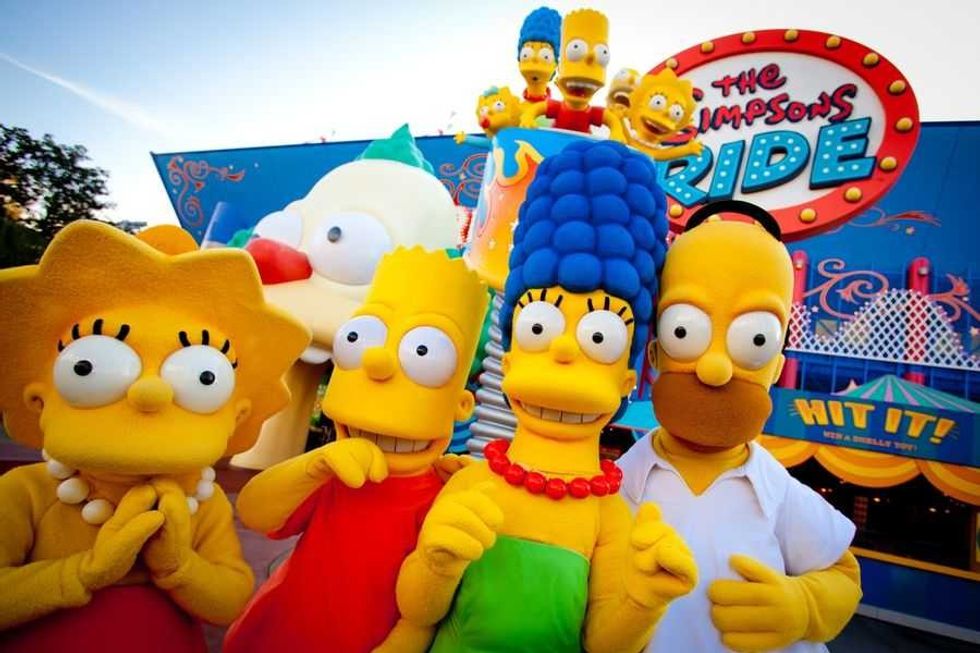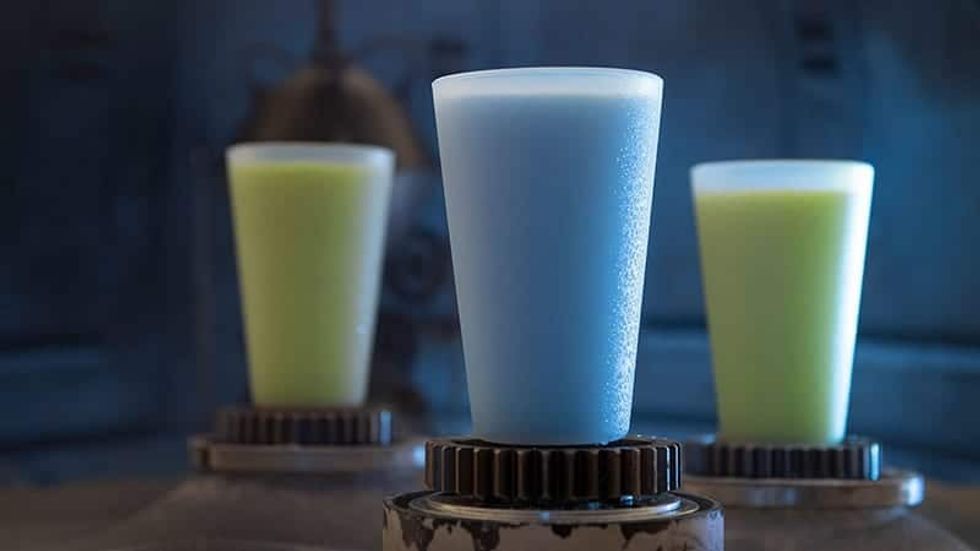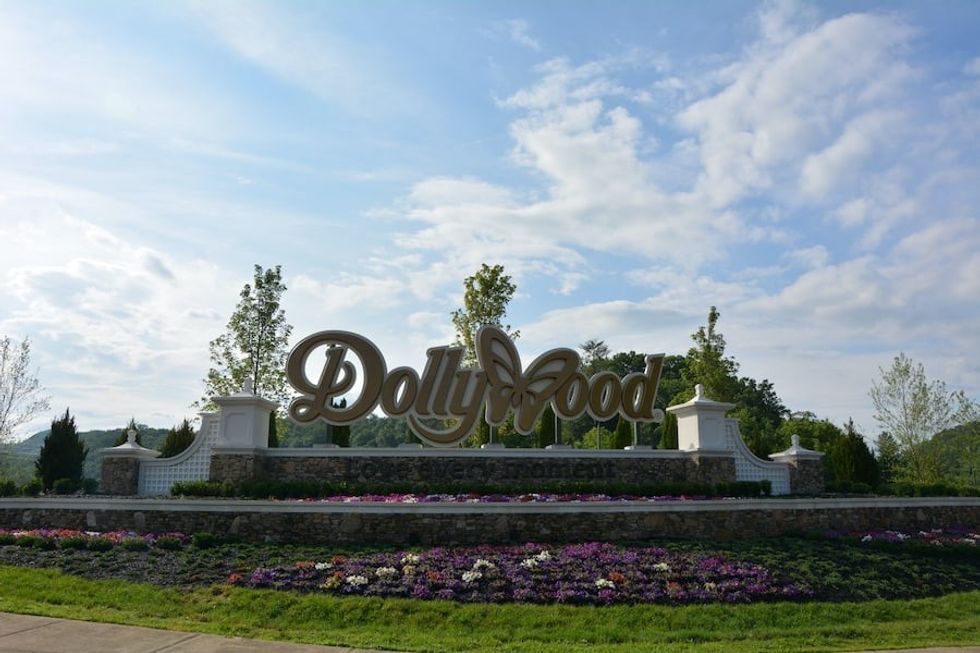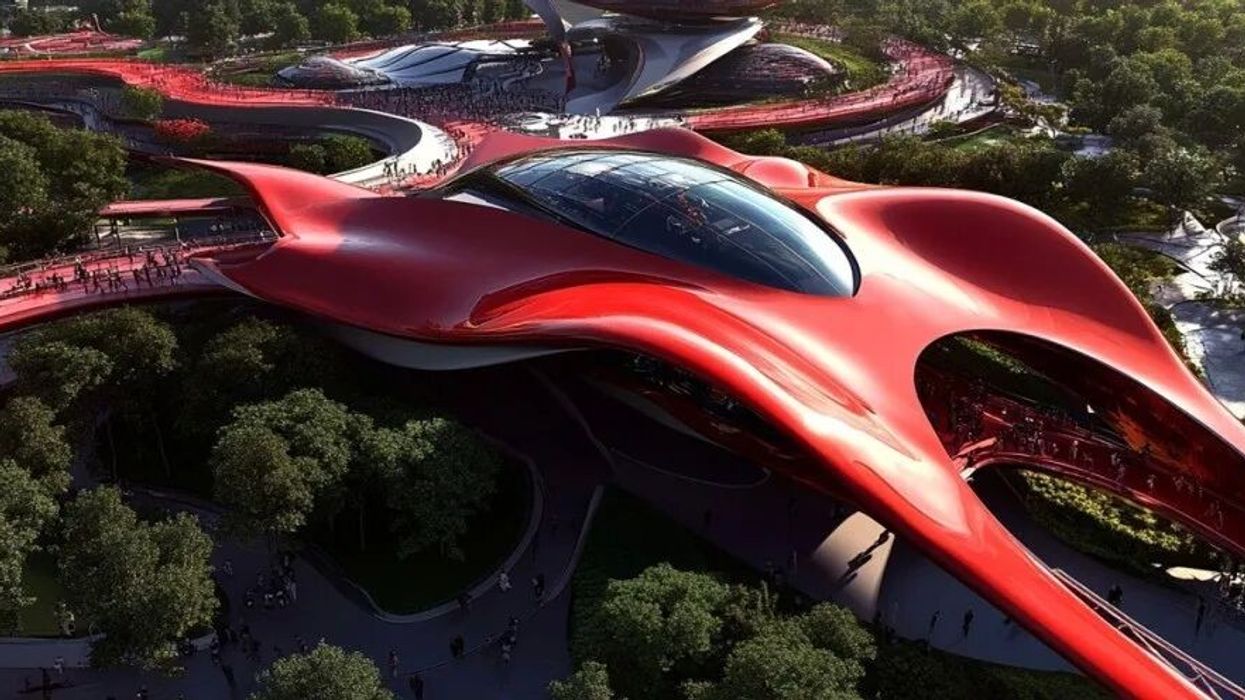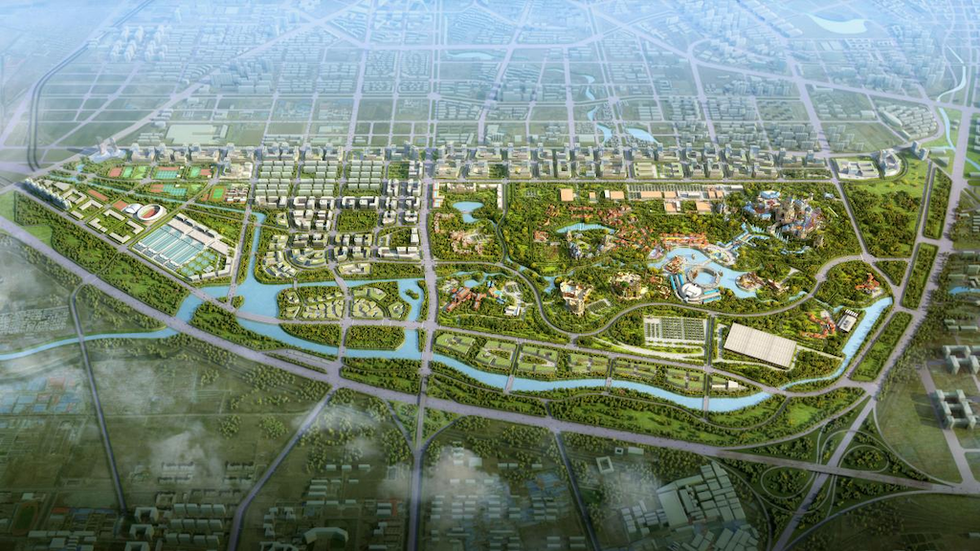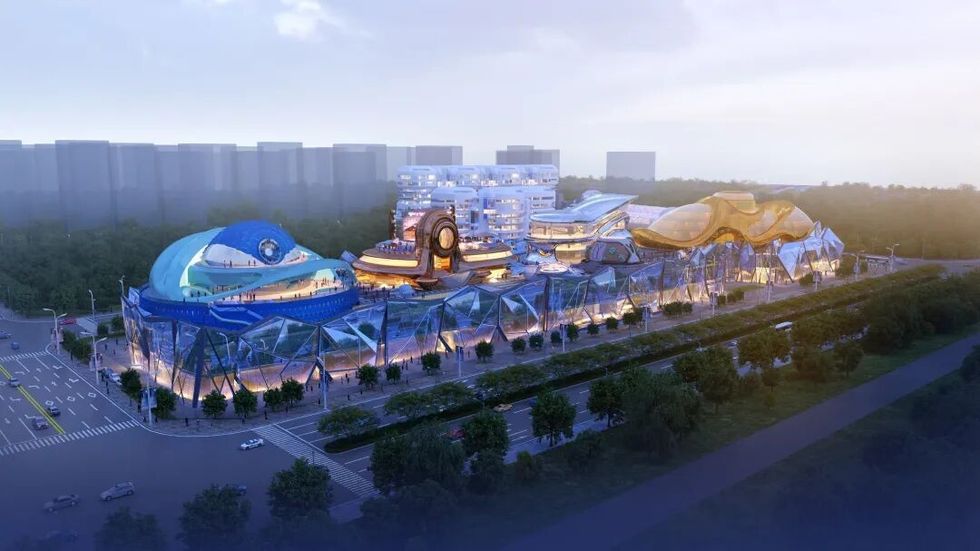The Blue Sky thinking session at blooloop’s Festival of Innovation shared insights from guest speakers Kimberly Beneville, co-founder of Beneville Studios; Sam Bompas, director of Bompas & Parr; and Ben Wilson, head of architecture and concept design at MSC Cruises.
The panel discussed how to make the business case for new ideas, how attractions work differently on cruises, top trends they’re seeing, and what the future of the industry will look like.
Watch all of the festival of innovation sessions here.
The annual Festival of Innovation is a free, online event that brings together the international visitor attractions community to explore the most innovative projects, products and organisations that are advancing the attractions industry.
Innovation in Blue Sky: meet the speakers
Kimberly Beneville’s work at New York City-based ‘idea manifestation machine’ Beneville Studios is fuelled by her experience in theatre and storytelling. She first worked as an actress before discovering a passion for working backstage when she co-founded Beneville Studios.
Her portfolio includes contributions to The Oprah Winfrey Leadership Academy for Girls, which provides education to previously disadvantaged girls in South Africa, and AREA15, where Beneville has served a crucial role in researching and securing ideal tenants.
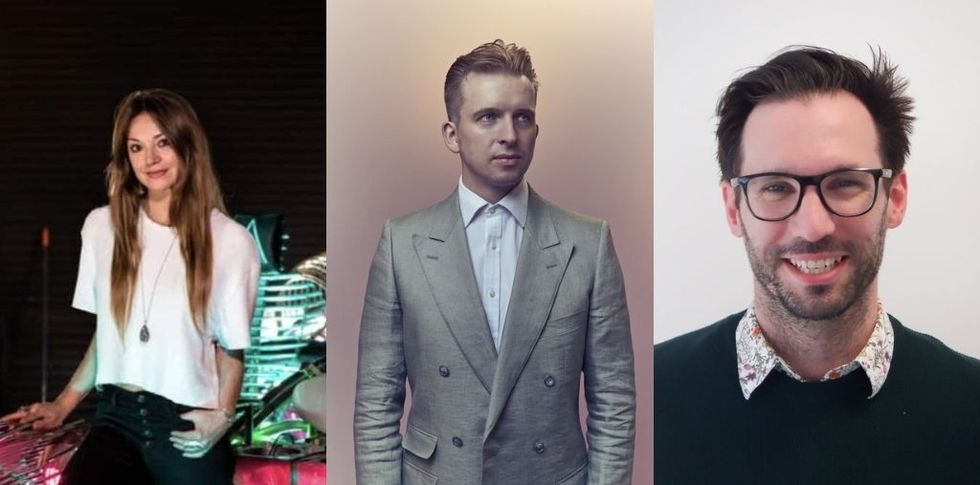
Co-founder of Bompas & Parr, Sam Bompas serves as the company’s executive creative director. He focuses on developing concepts that have wide appeal, are engaging, and newsworthy. Press recognition includes TimeOut’s '50 Best Londoners' and the Evening Standard’s '1000 Most Influential People'.
He has given keynote addresses and lectures worldwide, and collaborates with a diverse network of historians, scientists, artists, musicians, art directors, chefs, professional noses, stage illusionists, pyrotechnicians, and others to create world-first experiences.
Ben Wilson joined MSC Cruises in 2021 as head of architecture and concept design, and has since overseen the successful delivery of MSC World Europa, MSC Seascape and MSC Euribia. His upcoming projects include leading the ongoing development of the modern MSC Cruises brand and envisioning exciting new spaces for MSC World America and MSC World Asia.
During his service at SMC Design in London, Wilson worked on the award-winning Viking Cruises prototype, Viking Star, and the first new build of Saga Cruises Spirit of Discovery, for which he was named the 2019 Seatrade Marine Interior Design of the Year.
Widespread expansion
The panellists open the discussion with an overview of their current activities. At AREA15, Lionsgate’s John Wick and Superplastic’s Dopeameme experiences have recently opened.
“And then we're also expanding 40 acres, so we're pretty much doubling our size and creating an entire immersive district in Las Vegas,” says Beneville. “And we’re really, really thrilled, we have Universal's Horror Unleashed that'll be our anchor experience for the second district.”
At Bompas & Parr, the focus is shifting from its acclaimed, fantastical events towards permanent attractions.
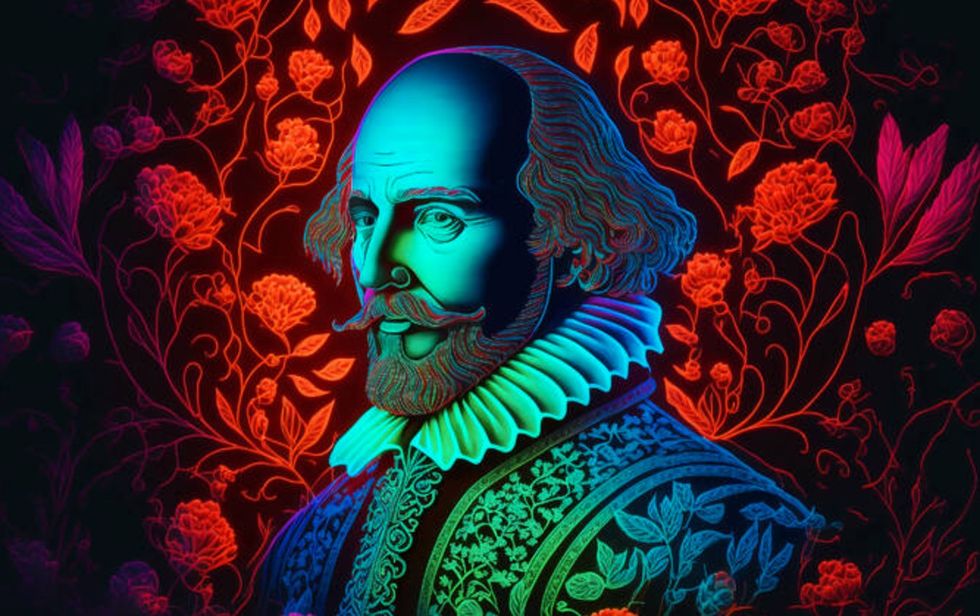
“We're working on about five or six with about 50 wider projects,” says Bompas. “At the top of the list is our Museum of Shakespeare, which is opening next year. It is spectacular. It's working with the ultimate IP, Shakespeare itself.
“There’ll be people who have spent their whole lives studying the bard coming through the door on the first day, but also people who have never had that experience before. So how do you do an experience that is relevant to all of those people?”
At MSC Cruises, MSC World America is being developed, ready for delivery next year.
“At the same time, we have her sister ships coming,” says Wilson. “We are working on at least three or four different projects at the moment, all slightly in different design stages. But some of those are focused on new restaurants. Some of those are focused on new lounges or bars. Some of those are new accommodation.
“Our floating hotel is always evolving, so we have a lot on. And that's all that we can speak about as well, because obviously, there's always things in the pipeline as well.”
Gazing into a crystal ball
As cruise embraces an increasing range of attractions, Wilson shares the considerations and challenges of such projects.
“Our first step is to listen and understand what the guests want. We have a fleet of around 24 ships now, and it's just over 20 years old, so that's nearly a ship every year. That's how busy we are!”
“We have a lot of ships, a lot of guests, so a lot of data to mine. So, we've got a lot of analysis that we can look at to understand what's working for us onboard, and what needs to improve from either a guest experience or a crew experience.
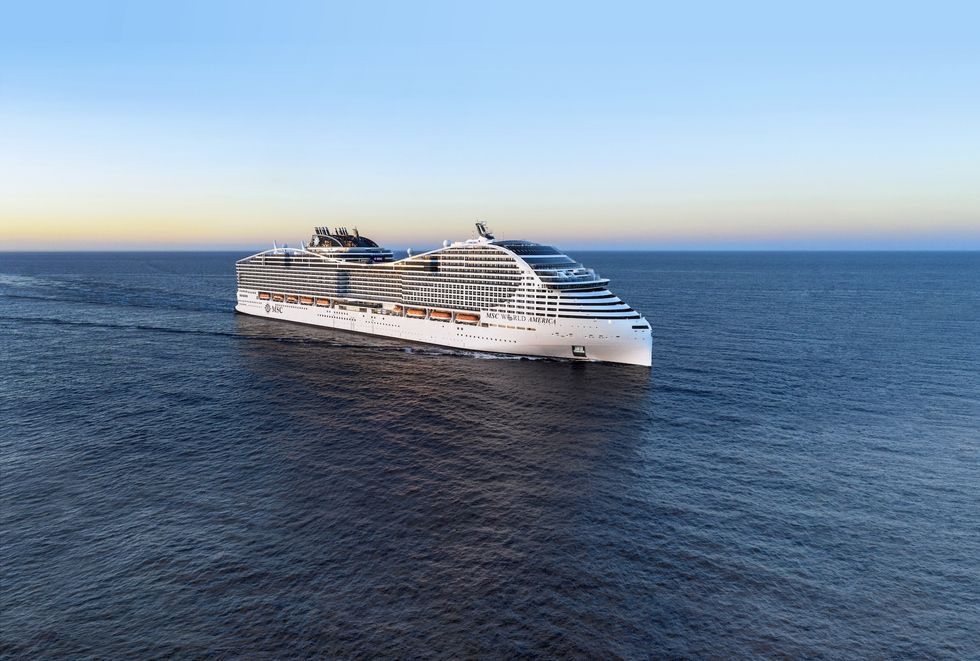
“Then, it's pairing that up with market trends. It’s getting out there, seeing new things and trying to use your foresight and wisdom to anticipate what is essentially going to be ready in three or four years' time. Because, compared to land-based projects in our design phase, especially the concepting, we're four or five years out.
“You need a bit of a crystal ball. You've got to take a bit of a leap of faith going forward to anticipate what the guest wants today, and what tomorrow's guest wants as well.
“You have to justify a case or an argument, or whatever it may be. And then you've got to rally the stakeholders as well to follow that direction.
“It's great fun, and every day is a school day.”
Cheerleaders & challenges
So, how do you engage stakeholders with such blue sky ideas?
Wilson finds it best to take them to see attractions or events. “You can talk about how great you found an immersive dining experience, or the newest theme park,” he says.
“But that's always going to be your own personal view.
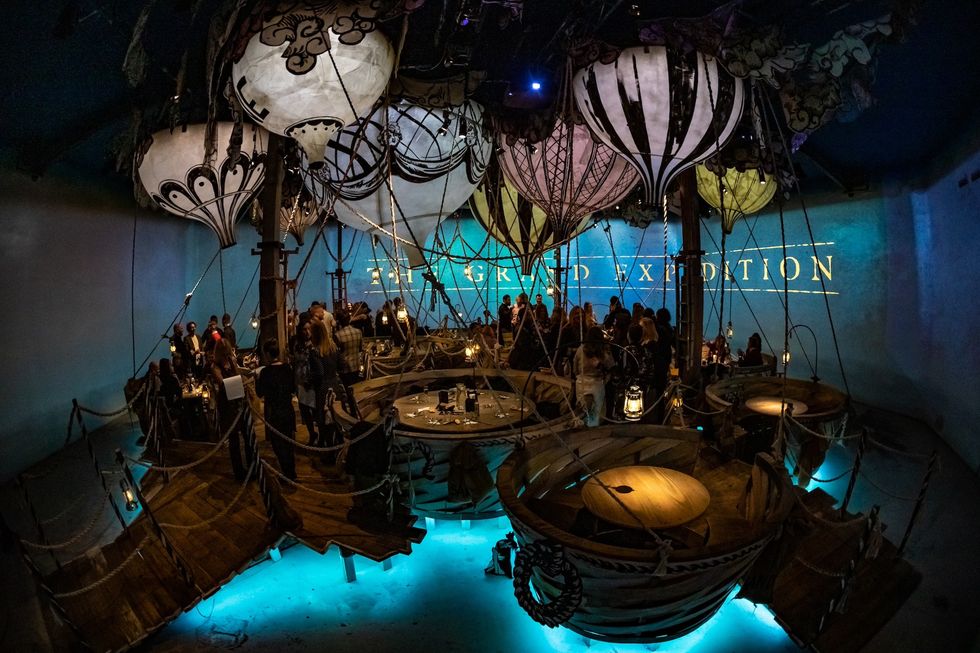
“To rally more champions around you, you need to bring people and say, ‘Hey, look at this. I think this could fit into what we're planning to do on our ship, but I need you to be my cheerleader as well.’
“Typically, they say yes, because it's a fun thing to do, but it's also the only way that you can really pass on that knowledge of experience to those ultimate decision makers.”
“One of the challenges we often get is that people say it's a world first,” says Bompas, “it's never been done before, but also show me that the P&L, the robust business case, all the data and the research for it.
“How do you square those two things?”
“We sometimes like just knocking it up and building it, and seeing if the theory works.”
“And it's really making sure there's a great business model behind it,” says Beneville.
“The market is saturated with so many great ideas and concepts, and so I'm always looking for what makes you different, what's going to give you that edge? And then, what's the business model behind it? That's what it all comes down to. Is this realistic?”
Plundering the past
The panellists offer their insight into how companies can capture attention and differentiate their offering.
“Going and doing your research, understanding what's out there and seeing what's working, what's not, why you're pulled to something. Creating something that you think the customer will feel an emotional connection with, because we get distracted in so many different ways,” says Beneville.
“Asking what's really going to grab my attention and create that emotional connection. I think that should be the top priority.”
“We spend a lot of our time and advise a lot of people how to reach peak innovation, and do genuinely innovative things,” says Bompas.

“I sit around the table with people, peering into the future. One of the things I make the case for is to go back into the past and plunder it, because over the course of human history, the things that delight us as human beings don't change remarkably. If we still know about something that was making people smile 400 years ago, it will probably still do so.
He adds, “Now using contemporary techniques, contemporary technologies, you're able to deliver something completely different, that is unprecedented, that people really haven't seen before. And I think that's when things get really exciting.”
Cruise presents different considerations. “It's a slightly different audience, and it comes with slightly different challenges,” says Wilson.
“As well as all the data mining that we do, we’re then benchmarking across the industry. Against not just our direct competitors, but also land-based resources.”
Simple ideas
A recent project to install the world's first over-water swing at sea was inspired by a land-based attraction in Amsterdam.
“So again, I've gone out and seen something, and then it's a matter of thinking, ‘How do we get that onto our ship?’” says Wilson.
“Physically, we can place it on; that's not a problem. But our ship moves. It contorts. It twists. It's a steel box. It's also a steel box that's going against the wind. There's aerodynamics to consider. And the waves move.
“Then it becomes an engineering feat. Just how exactly do we get something that's so solid and so simple as an idea? And the simplicity of the idea is key. It is essentially just a swing that goes over the edge.
“First of all, it starts with simplicity, the idea, how do we get that onto that, and what do we need to consider?”
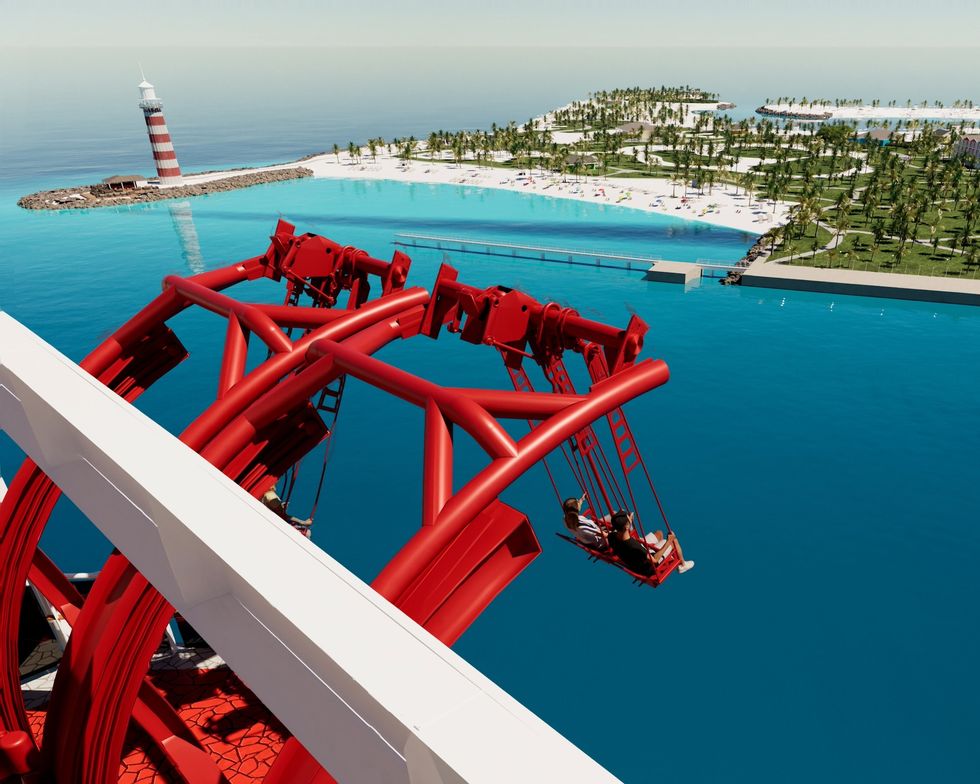
A strong sense that the idea is worth following through is key.
“In the concepting stage, we're trying to understand what's the cost of this thing? Is it something that we actually want to charge for, or is it something that we'll give for free?,” says Wilson.
“On top of that. Is it a first? Because in the cruise industry, we're always trying to beat each other to be the first to do something. As well as an ROI, does it have any marketing value?”
Marketing & expectation
Being able to market a blue-sky idea is key.
“We're constantly thinking about new ways to market and how to really get the vibe across. That's just number one,” says Beneville.
“The joy of blue sky thinking is you can market it terrifically,” says Bompas. “Everyone's hungry to know about what's novel, what's new, what's first.
“The challenge comes because people's expectations can either be remarkably high or it's hard to focus. They don't know what they're expecting because it's something that's never been done before.”
Pricing can be difficult.
“We'll work with food and drink in restaurants and theatre, and people have their budgets that they associate with a night out in the restaurant and a night out in a theatre,” he says.
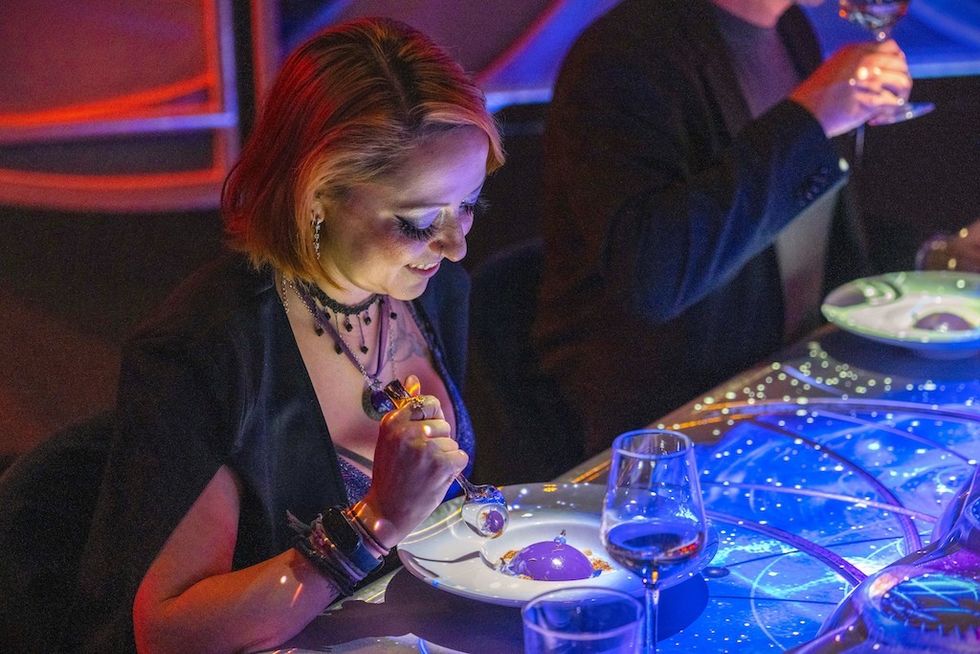
“If you put them together in an immersive dining experience, we as operators are combining all of those different things; those systems are complex. But how do you justify the associated expense of that to the consumer who might have bought the theatre tickets and spent in the restaurant on the night as well?
“That's one of the tensions that we're always trying to navigate.”
Increasingly seamless integration
The discussion turned to the emerging trends in the sector.
“We're definitely seeing a rise in digital overlay over physical experiences,” says Beneville. “So lots of AR. We have a new experience called Bot Breach. When you enter AREA15, you scan a QR code, and you are taken on a journey through AREA15’s exclusive IP. So it's really deepening the experience for the consumer and the customer journey.”
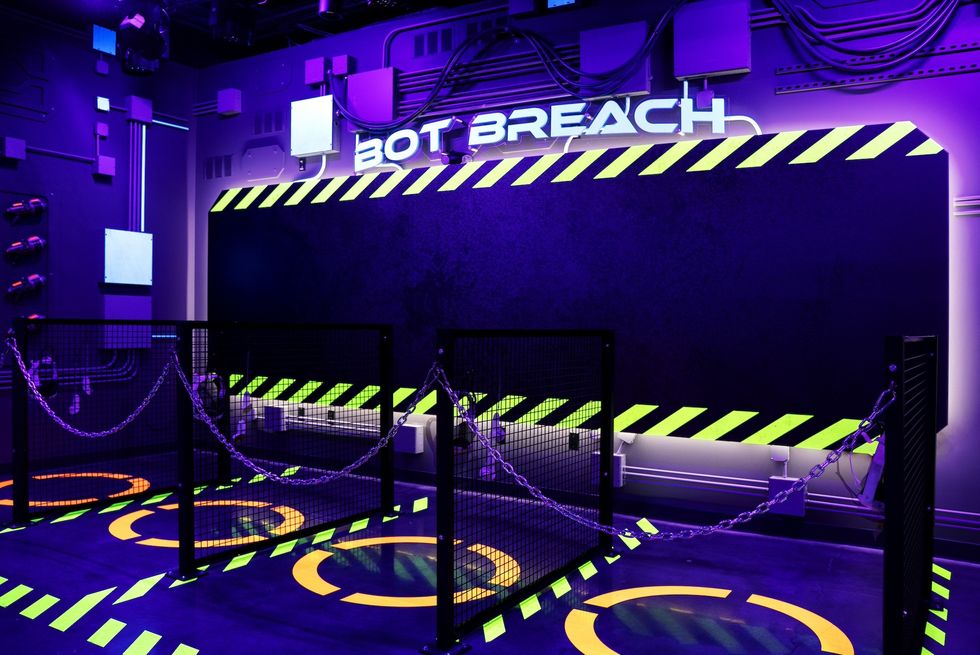
Bompas & Parr are also working with AR for the Museum of Shakespeare.
“Looking at this as a trend with some of the entries in the blue sky [Innovation Awards] category. We've seen a lot of fantastic AR, and also this ever-more seamless integration between the real world and the physical world.
“Where this starts taking you, which I get excited by, is accelerating the frictions between people. Why do we still go to physical spaces to experience things together? Why do we go to museums? There's value in looking at other people, looking at stuff, or experiencing stuff. What doesn't always happen, which I think is always best when it happens, is when you also get to talk to those people and interact with them, maybe they become your friends.
“If we can facilitate that through integration, so much the better. If that happens and you leave your experience with some new contacts, that's always a good thing.”
Social experiences
Wilson highlights the prevalence of social gaming and the rise of shared reality immersive sports experiences.
“Maybe the most marketable one is Cosm in Los Angeles. If you couldn't afford a ticket to the game, don't worry, there is a venue somewhere with a massive screen. It's a very simple idea, but it works, and I'm sure that it will roll out as a model.”
“On my bucket list now is Phantom Peak and then the Batman Escape in Paris, because that is giving people a unique, immersive experience, but they're not just going through it once because the storytelling or the narrative or the characters, or, you know, their pathway through the environment, these three or four hours will never be the same. They'll keep on coming back.
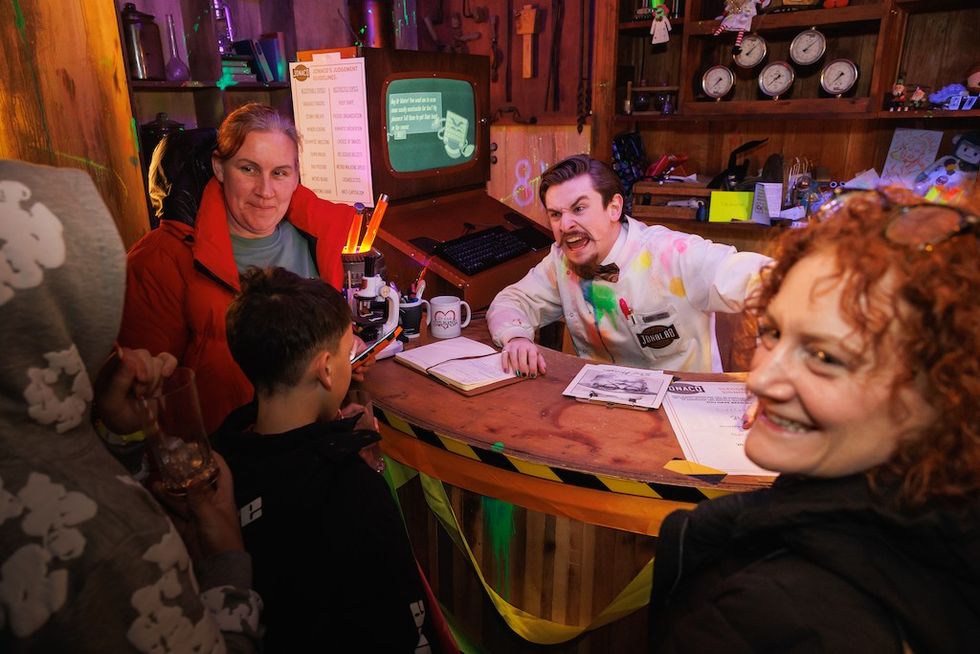
“We'd love to do one on board a ship, but it just seems to take a lot of space. Space on board our ships is at a premium.
“Experiences like Phantom Peak, like Cosm, it's really about building community,” says Beneville. “And that's such a trend that we're seeing right now, and something that we're really focused on at AREA15.
“In a world where we're so divided, we're on our computers all the time, or in our own world, I think there's a craving for community.
“There's a camaraderie, just a different type of thrill when you get to really experience it together and make new friends.
Standing out in a world of ‘algorithmic sameness’
“If it's a trend, it's not blue sky thinking. It's already happened,” says Bompas.
“To access what blue sky is, you need to really trust your gut, because you'll be using your experience to tap into what's happening now.
“I'm so over all of the mindfulness stuff that has happened. A lot of it is commoditising quite aggressively.
“I'm excited about savouring things as mindfulness. I think it's far more purposeful; there's a degree of connoisseurship. There's true hedonism in it, which I think is to be vaunted. And hedonism not as a mode of excess, but a means of balance and insight.
“I think savouring is an exciting area right now.”
He also notes an interest in relocalisation and hyper-relocalisation, in a world of “algorithmic sameness.”
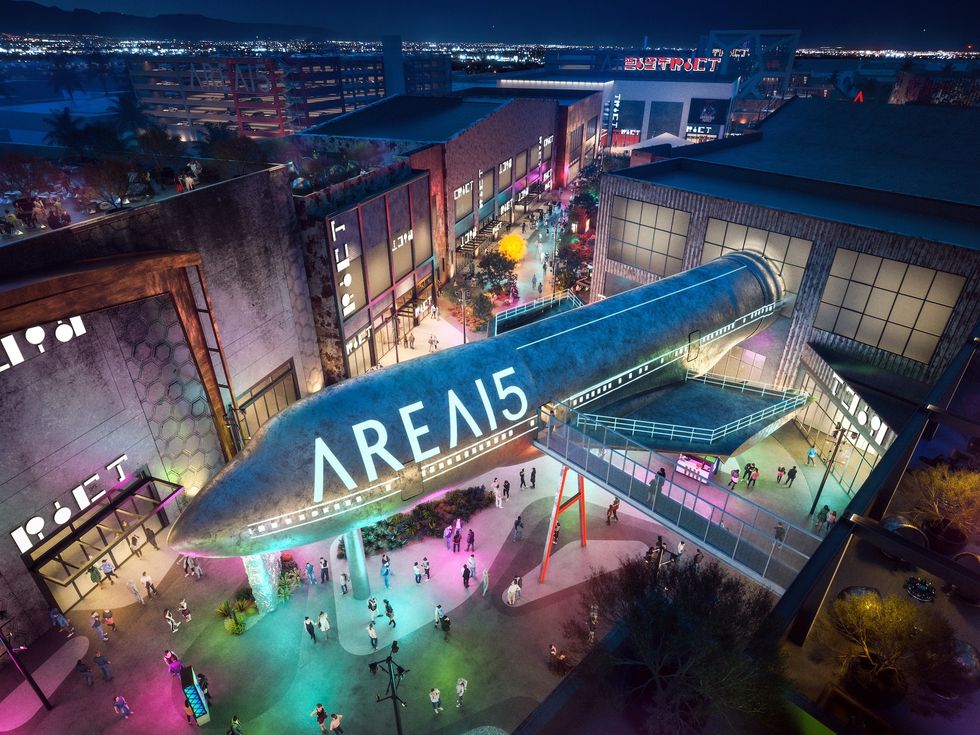
“The thing that's amazing about somewhere like AREA15 is it's like a hyperreal simulacra of Vegas. It is like the quintessence distilled down into a turbo Vegas experience.”
This theme of locality is reflected in cruise.
“One of our pillars is the quality of the itineraries that we offer,” says Wilson.
“And obviously, when you've got 24 ships dotted across the world, we can take guests to the Far East, the Caribbean, the Middle East, obviously the Mediterranean, where our roots are, East Coast, West Coast, I think we’re going to Alaska as well in 2026. We're touching the South Americas. I think we've been touching South Africa on certain itineraries.
“We're very global. Guests have a plethora of choice.”
Sophisticated storytelling
The panel then discussed the relationship between technology and storytelling in blue sky.
“I always believe that story comes first,” says Bompas. “As humans, the greatest thing we do is exchange stories, and the thing that people most like doing in their leisure time is consuming stories as well.
“Technology is the medium and will always be changing. And sometimes you can use it as a starting point to push the craft, but ultimately you want the technology to be invisible.”
“You want it to be invisible, and the story comes first,” says Beneville. “That's how you create the emotional connection. But I think there has to be a marriage of the two.
“With content refresh, you need the tech right now, because the consumer is very sophisticated. They've seen everything, they've done everything, they're constantly looking for something new, and so you need that. You need to keep the story fresh.”
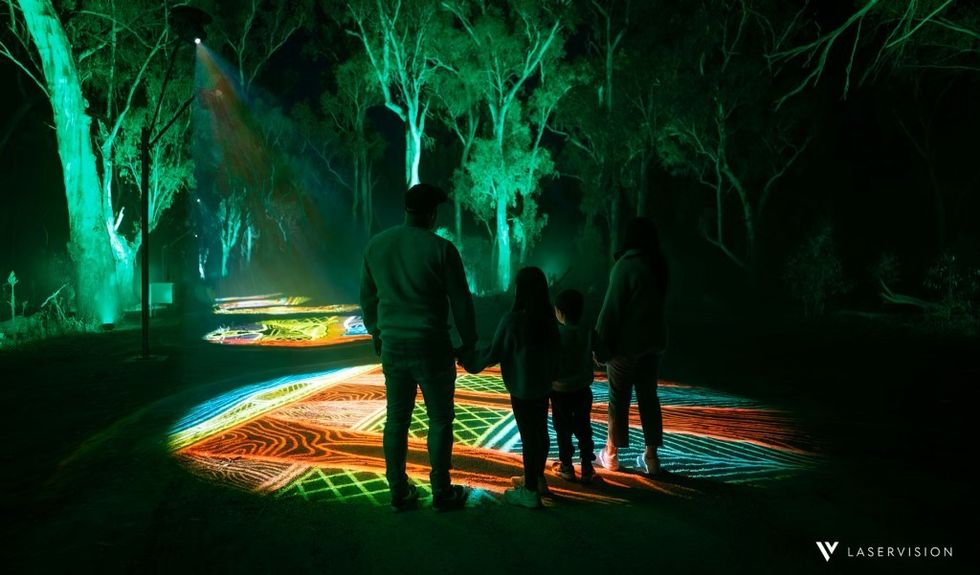
“We're mostly utilising tech to ensure that the guest journey is as seamless and frictionless as possible,” says Wilson.
“All the way from booking the cruise in the first place to booking itineraries, the day-to-day navigation of the ship, understanding when show times are, dealing with your account.
“That's the easy wins that we're trying to focus on, the administrative part.”
For the consumption part, he adds that tech needs to be operationally robust.
“It'd be awful for us to close down a theatre because we integrated in some amazing tech, but then we didn't marinise it.”
Supporting content refresh
“My real hope for future technology is that it can be a catalyst for interaction,” says Bompas. “Sometimes it might feel weird in a space going up to someone, when we're very, very comfortable interacting through the mediated and safer arena of technology, so that can be quite helpful.”
Beneville also shared her hopes for the future.
“I’d like to see tech that really helps more with content refresh. Right now, we are really working on our offerings, changing AREA15 from day to night. And we have some experiences that really do that well using tech, like our portal, our 360 projection-mapped room. During the day, it's a very family-friendly experience. At night, it turns into a rave.
“I think that helps, but I want more. That's so important to have.”
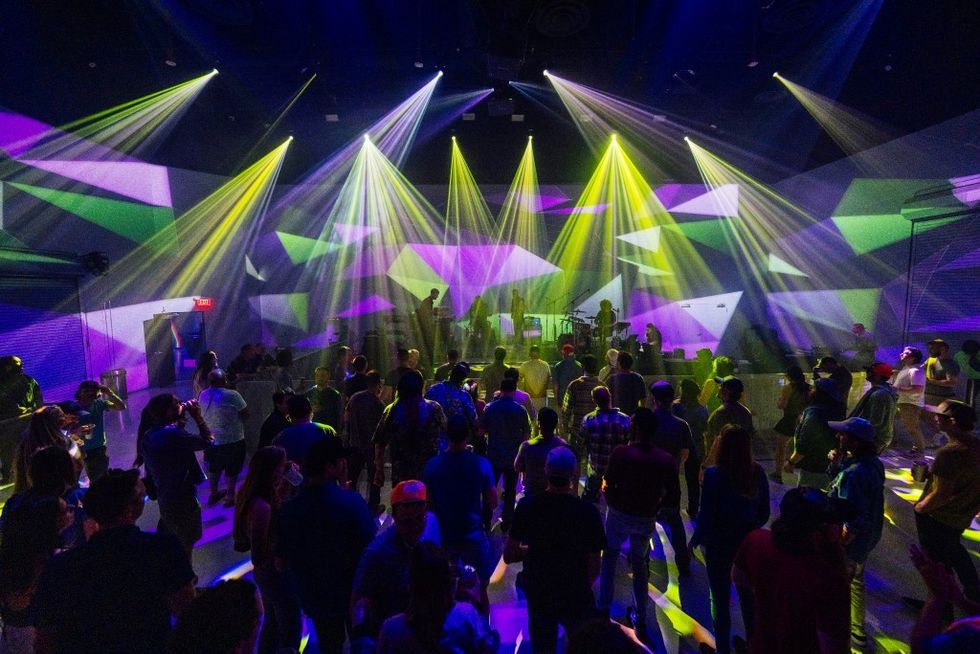
“It's a bit of a niche term, but I'm really into Reactive Theatre,” adds Bompas. “It basically means you're going through the show. You make decisions, and the totality of the show changes meaningfully based on what you're doing.
“So many of the immersive shows are basically on rails. Whatever you do, it all sets up the same, and that's because there's a business model behind it, but it's expensive to have it have a multitude of different endings.
“With AI, this is a meaningful possibility, particularly when combined with talented front-of-house staff.”
Flexible spaces
“I look at my silly shopping list of wants, of which an indoor ski slope is one, but another that we mentioned before was a space that offers flexibility,” says Wilson.
“Take a simple idea of an escape room. But in a venue that you go to in the morning, and it's one themed escape room, and then you go there in the afternoon, and it's something totally different.”
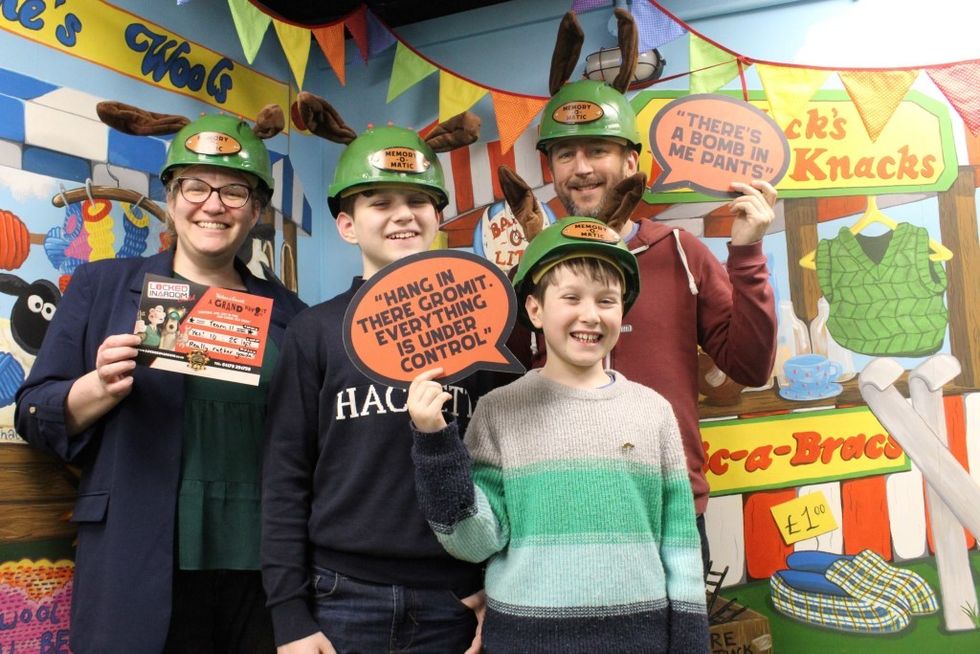
As guests are on board for a week, he notes the need to keep the streetscape fresh in an operationally achievable way.
“Again, space on board our ships is at a premium.
“How can we take a little three-by-three space, but then keep guests coming back? I did that challenge on Monday, but then on Wednesday, there's going to be a different one, and I'll go back and do that one, and then by the end of the week, I may have found out that I'm on a leaderboard, and I'm in top 10, and I get to the ultimate the last challenge, whatever it is.
“It's figuring out stuff that's on land at the moment, but how can we do it in a tiny little space? And also the less we could man it, the better.”
Engineering innovation
Finally, the speakers shared the main challenges that they face at present.
“Quite often it's just ceiling heights in column jungles. And there's a balance between the most beautiful spaces where there's no one, or the most kinky dog-legged, weird, subterranean, unusable spaces, which are unbelievably expensive, where there's lots of people,” says Bompas.
“It’s an engineering challenge, that’s all,” says Wilson. “It is slightly bigger on a ship, but if you take away a column, then we're in a bit of danger that the ship might close in on itself.
“But again, it's just an engineering challenge. Someone will figure it out one day.”
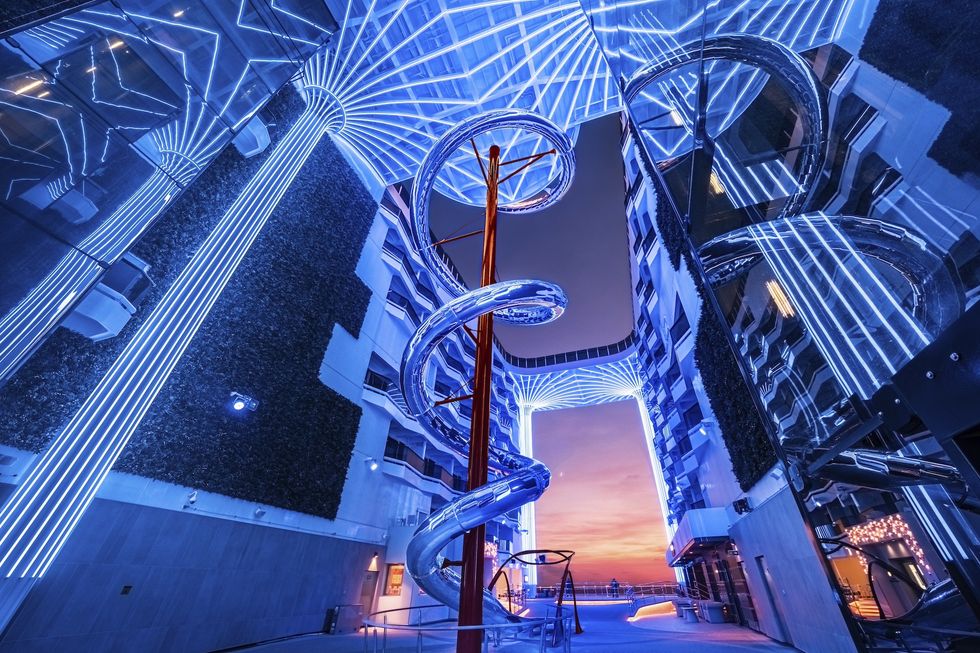
The challenge of space, he adds, has been a constant throughout the history of the cruise industry.
“We have always worked quite well and collaboratively with naval architects and with shipyards to constantly push the boundaries.
“If we go all the way back from the Titanic through to the cruise line of the 80s and 90s, to where we are now, where you see glass domes on tops of ships and roller coasters. So someone figured something out.
“So it's all feasible. But another big challenge for us is purely predicting trends, and it's trying to get ahead of the game, ahead of the market, or ahead of your competitor four or five years out.”
Beneville agrees: “I think continually building new experiences from scratch and having the capital to do so, and then hoping that when that experience is born and alive, that it's still relevant.”


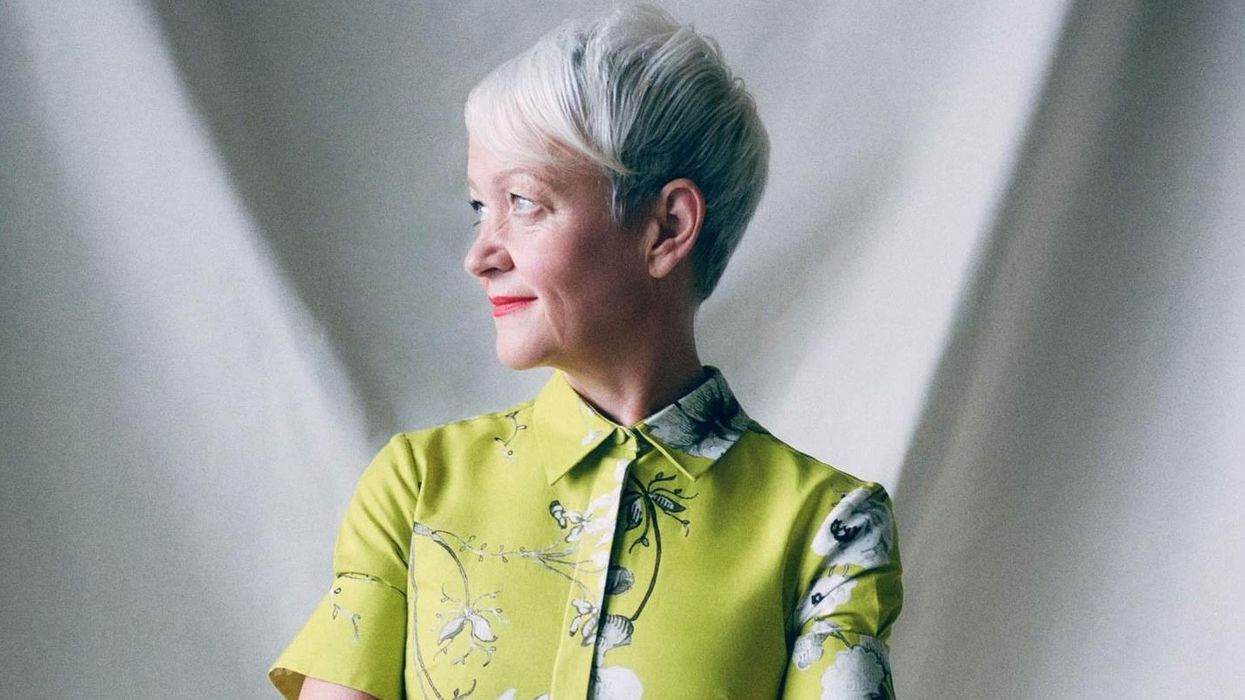

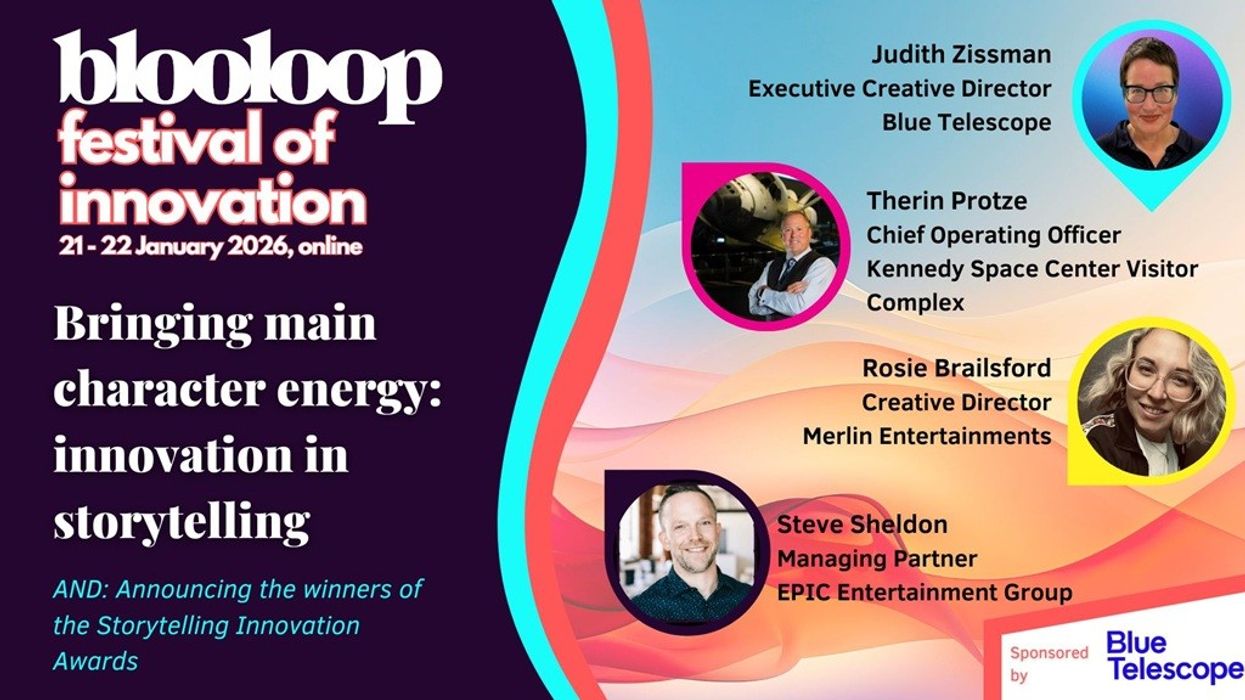
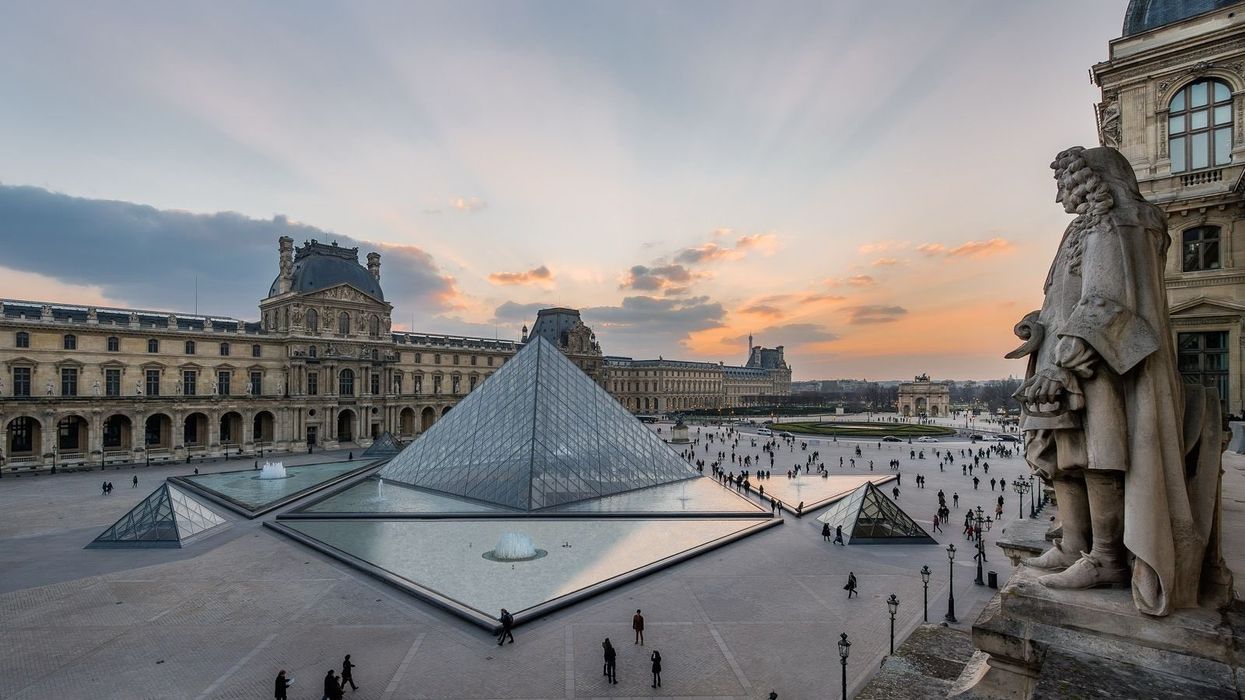
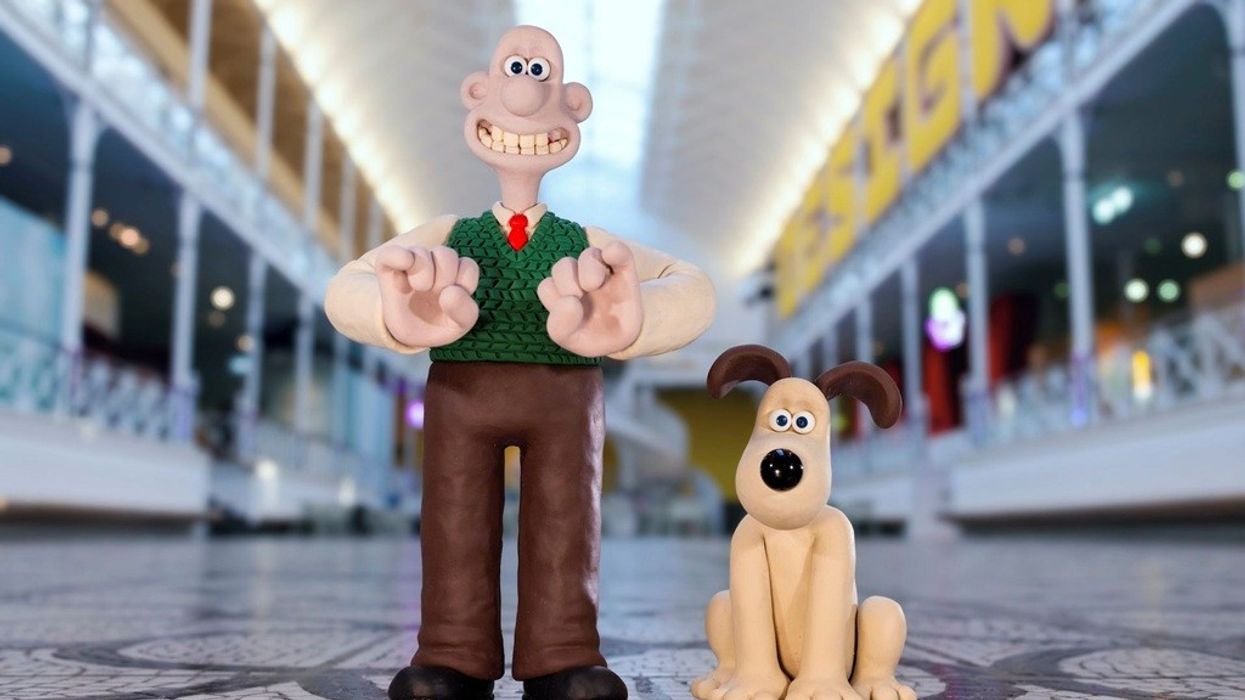
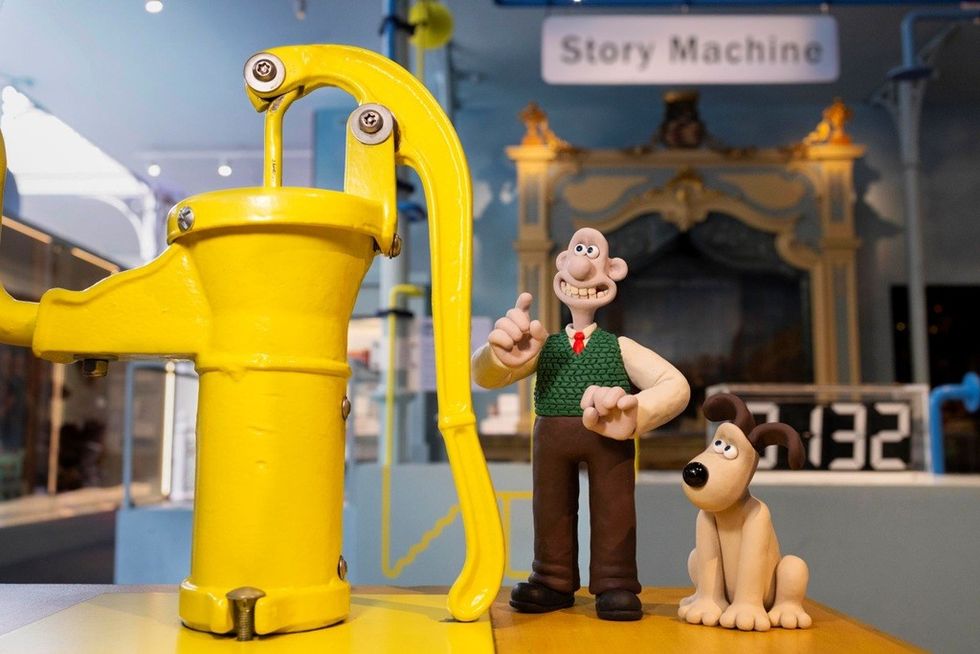
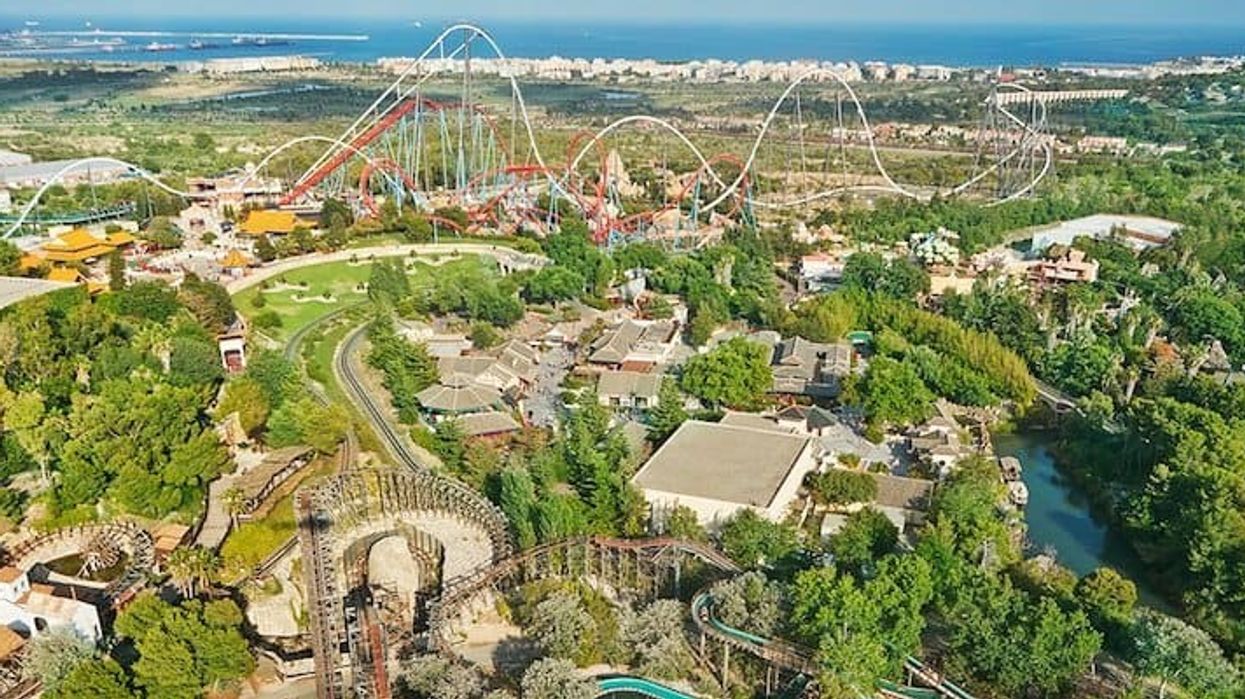
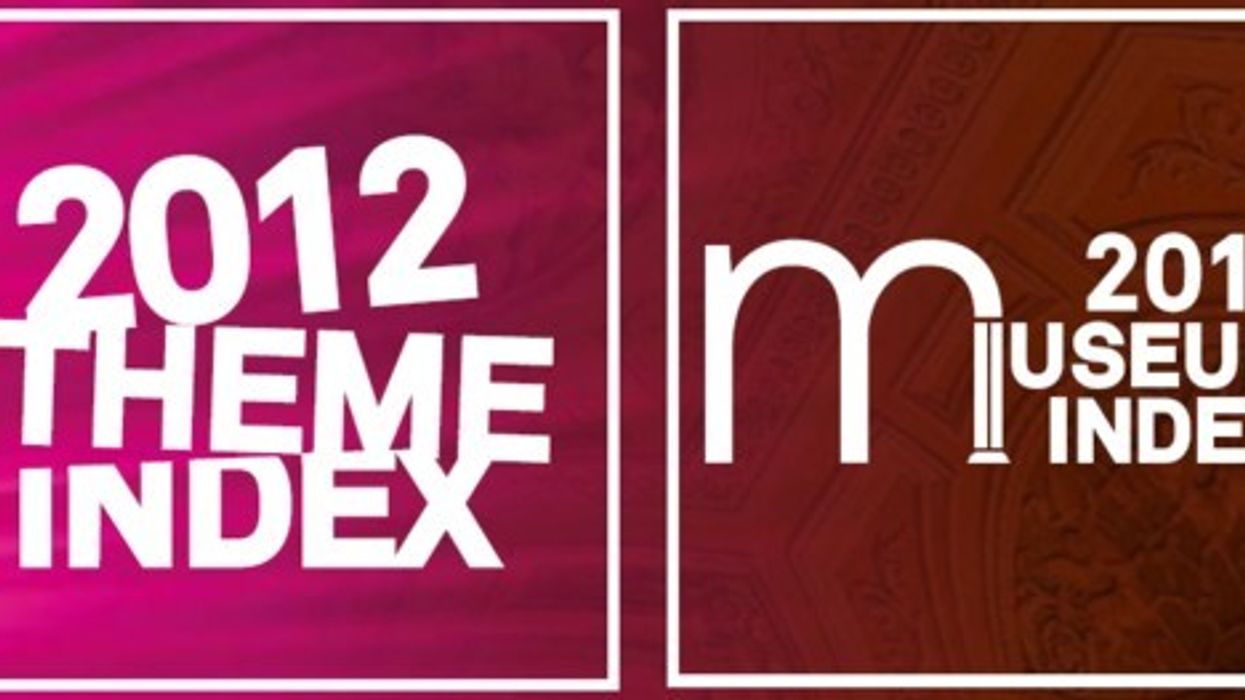
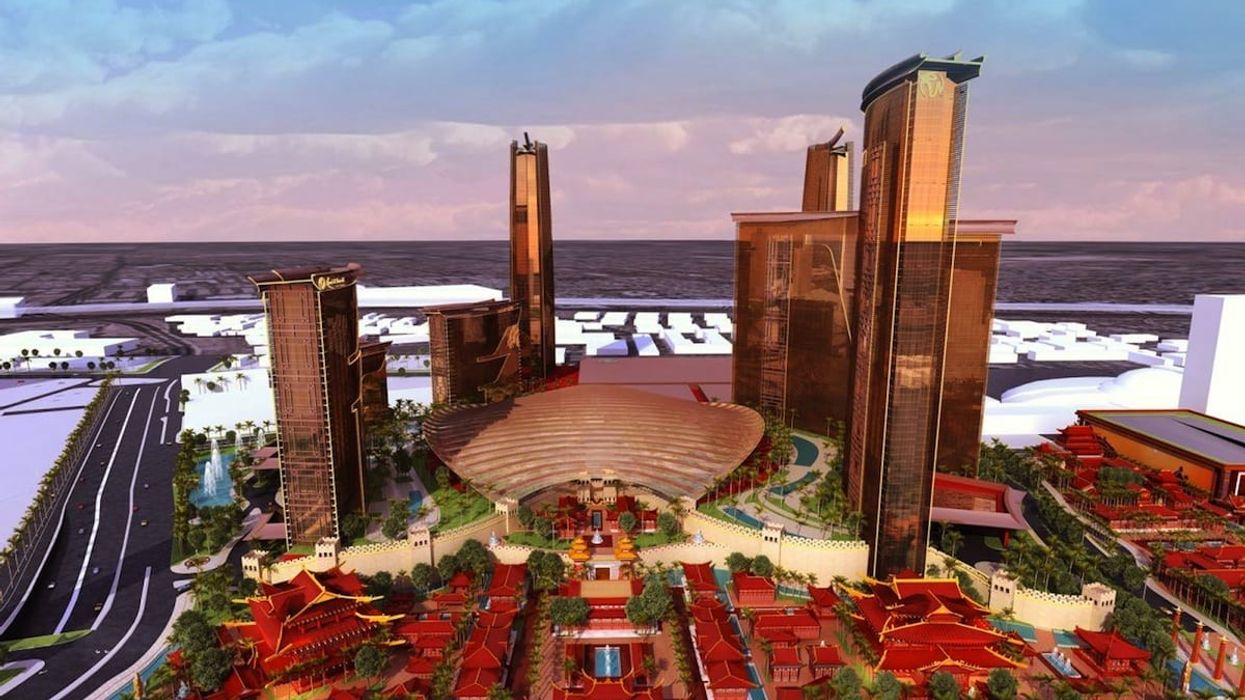
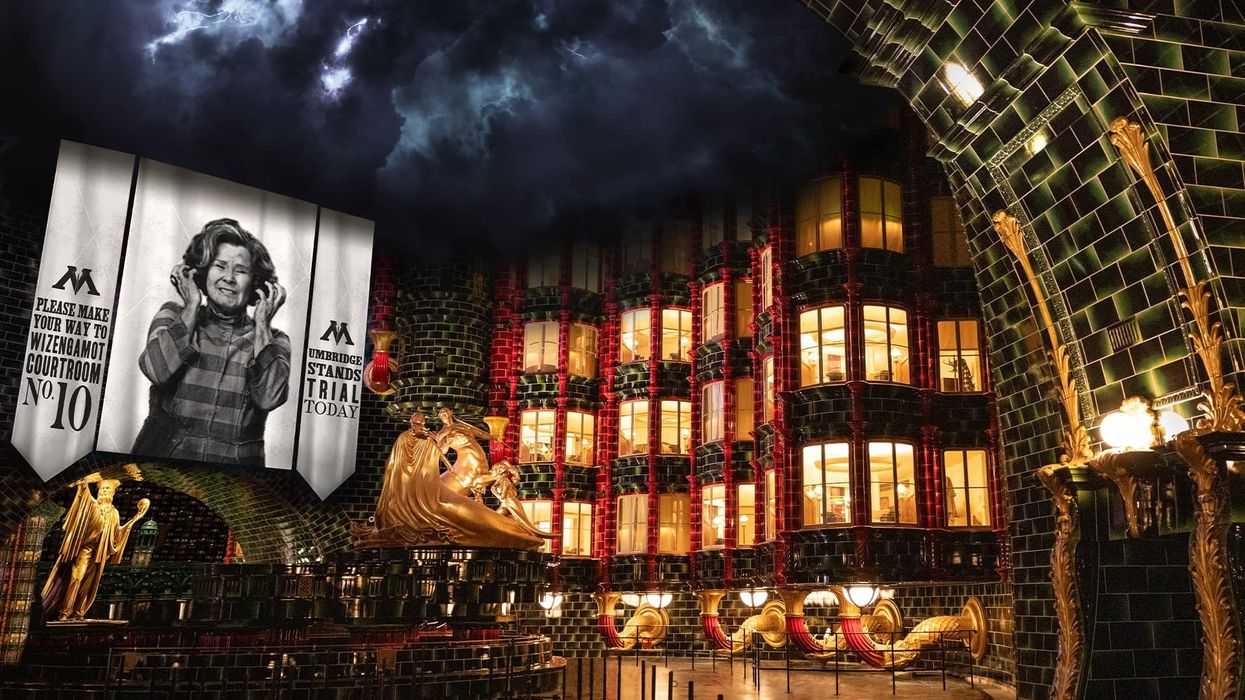
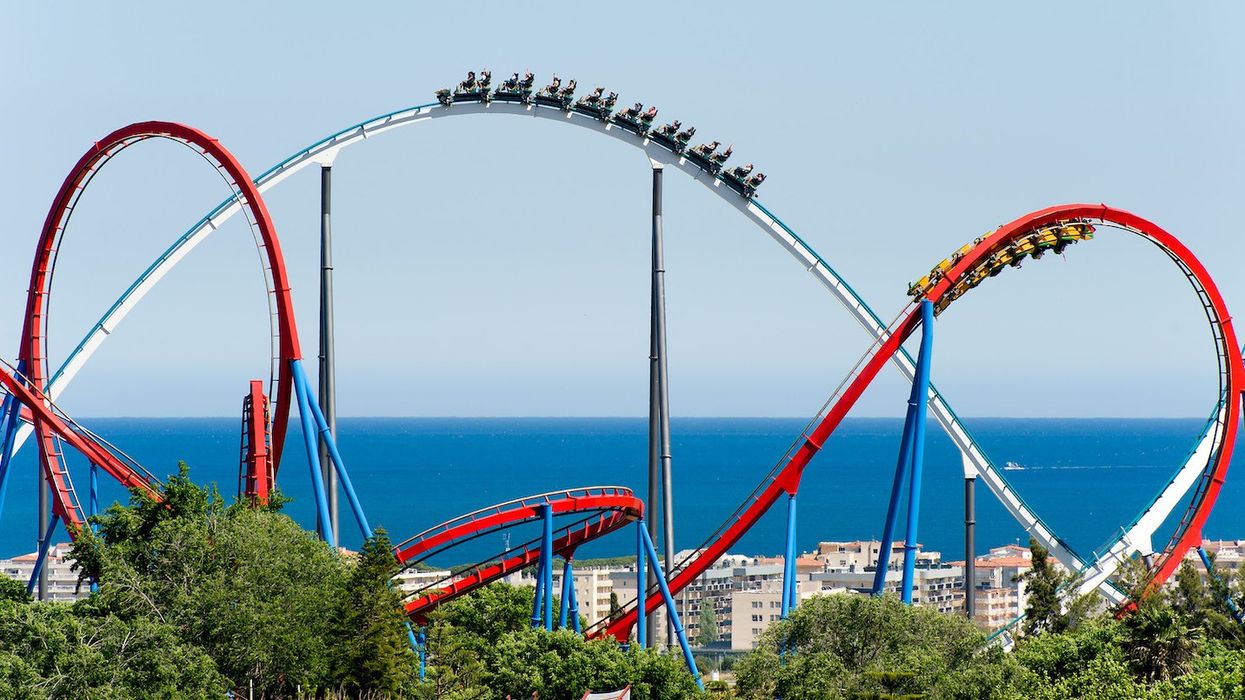
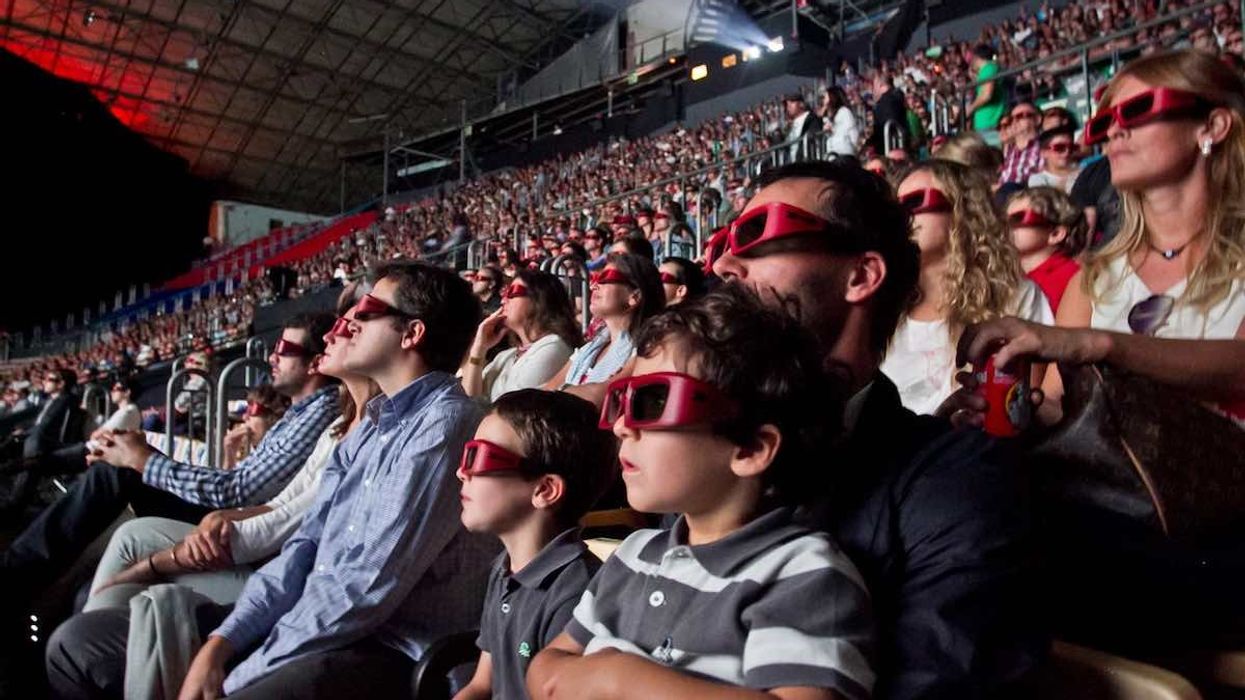
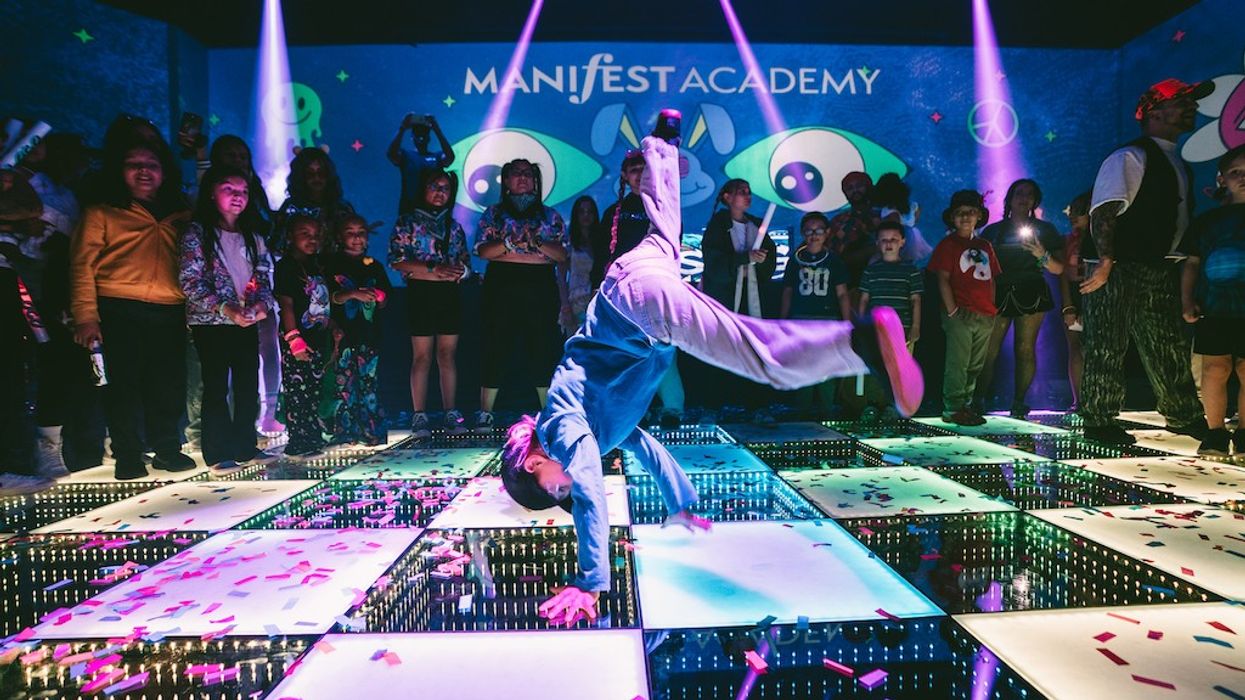


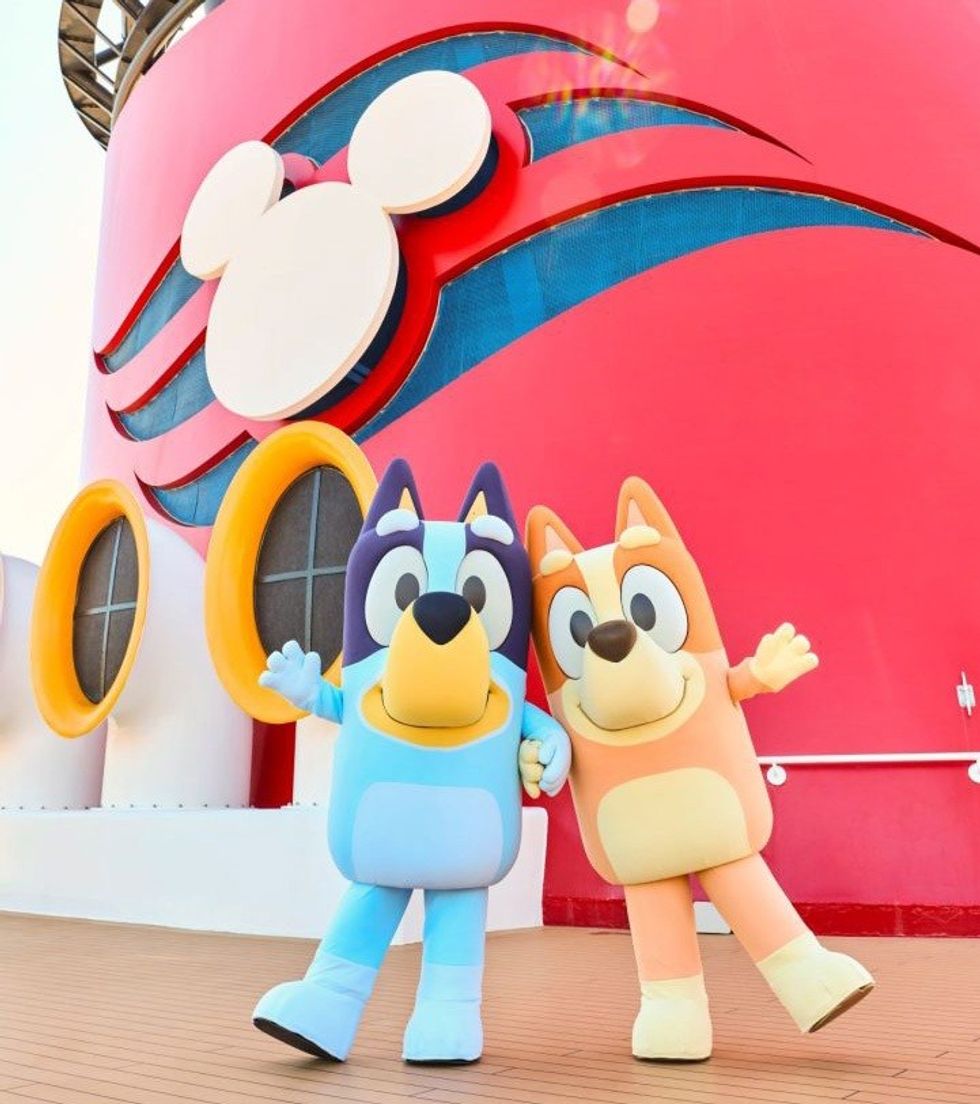
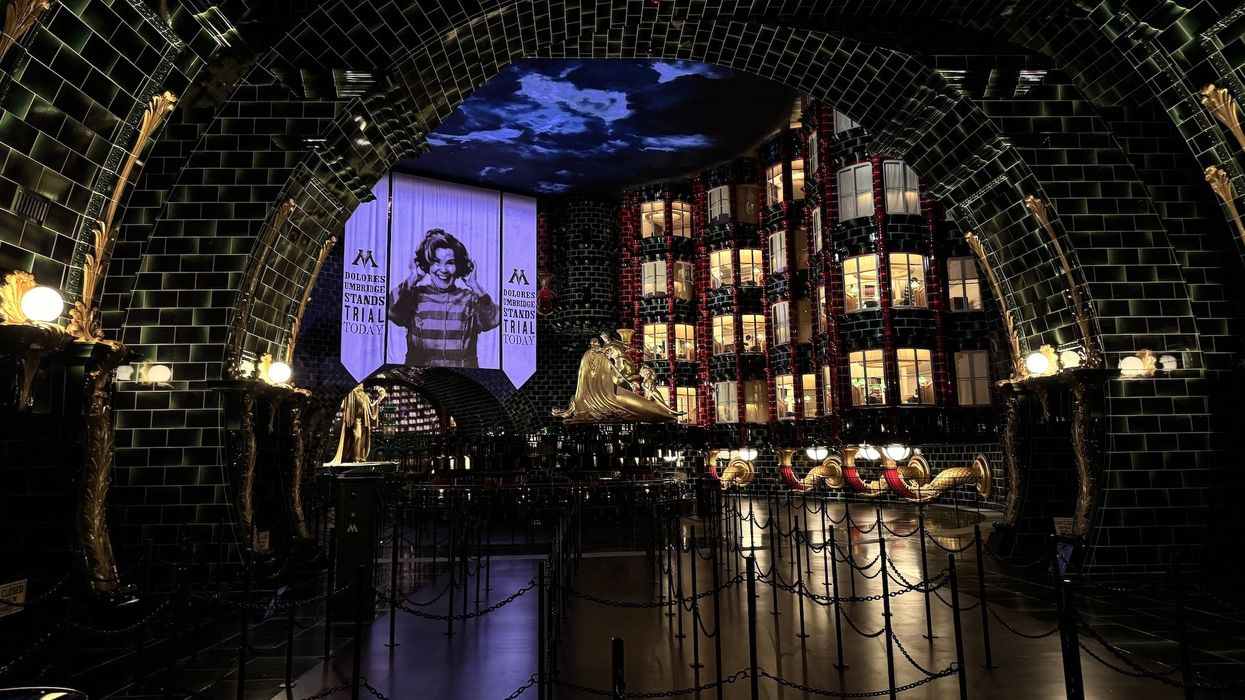
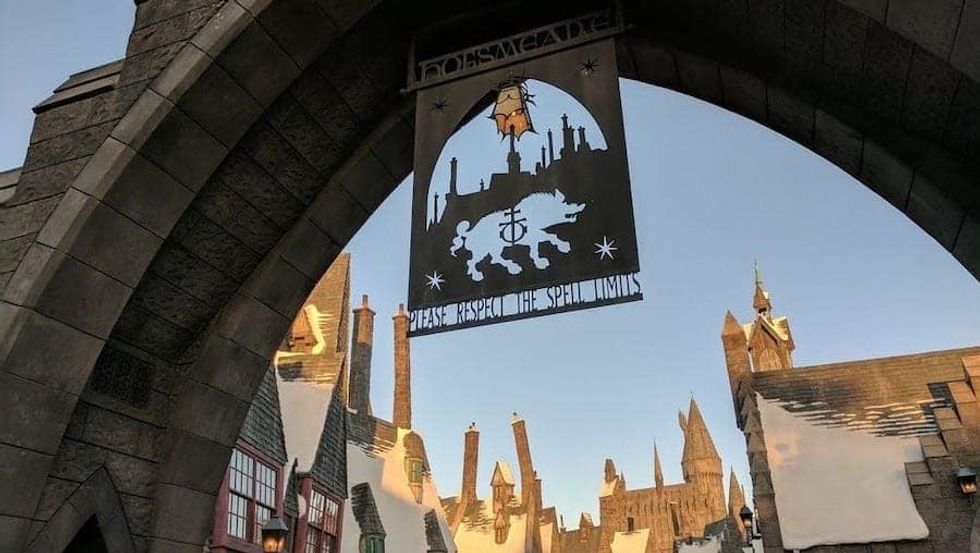

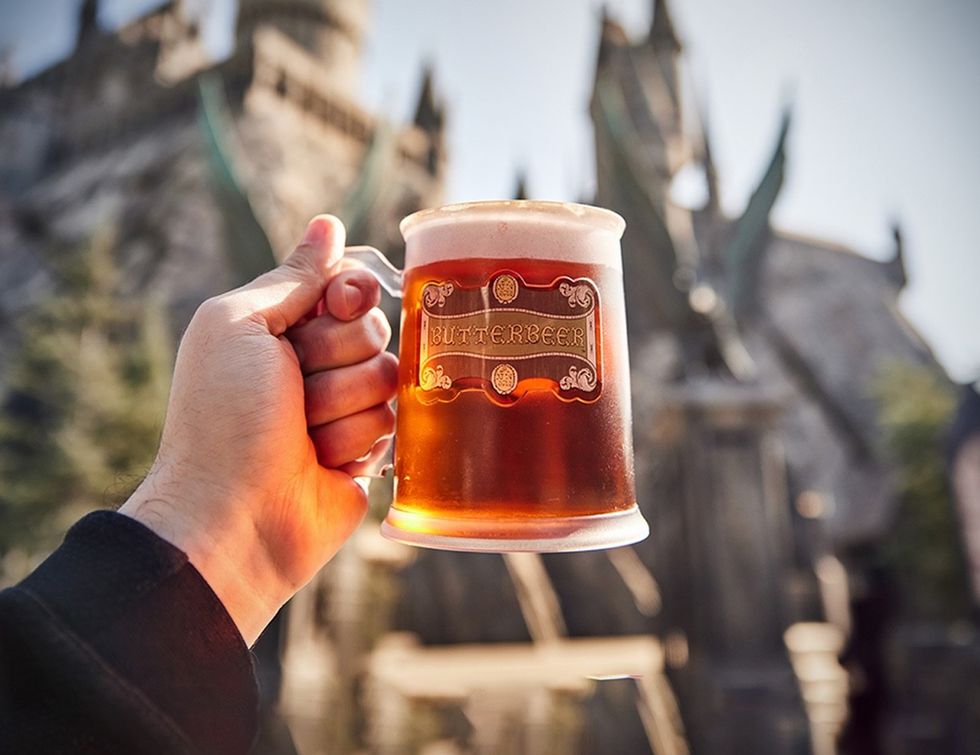
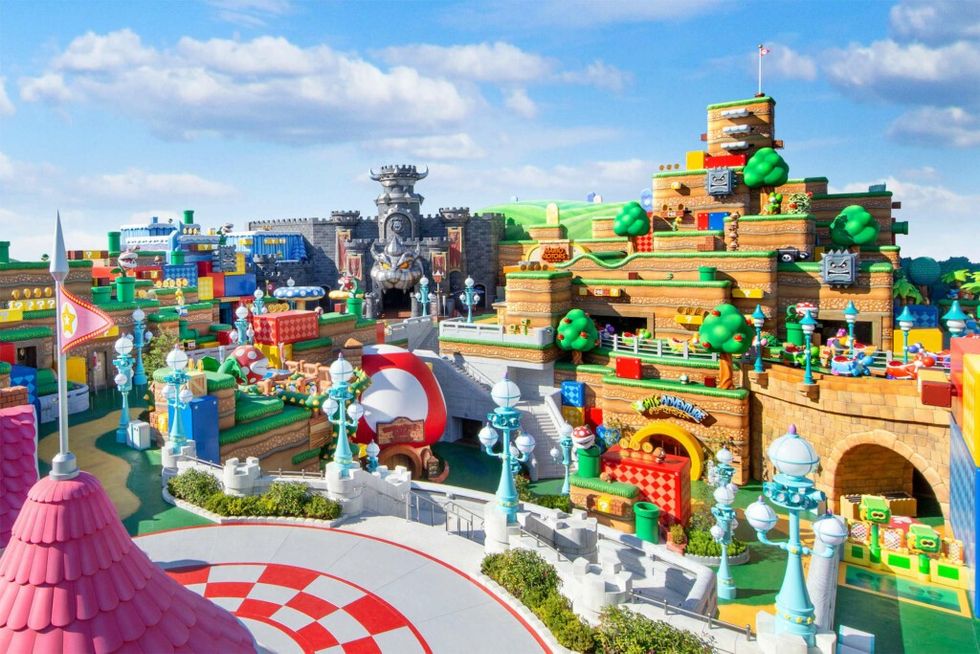 Super Nintendo World
Super Nintendo World 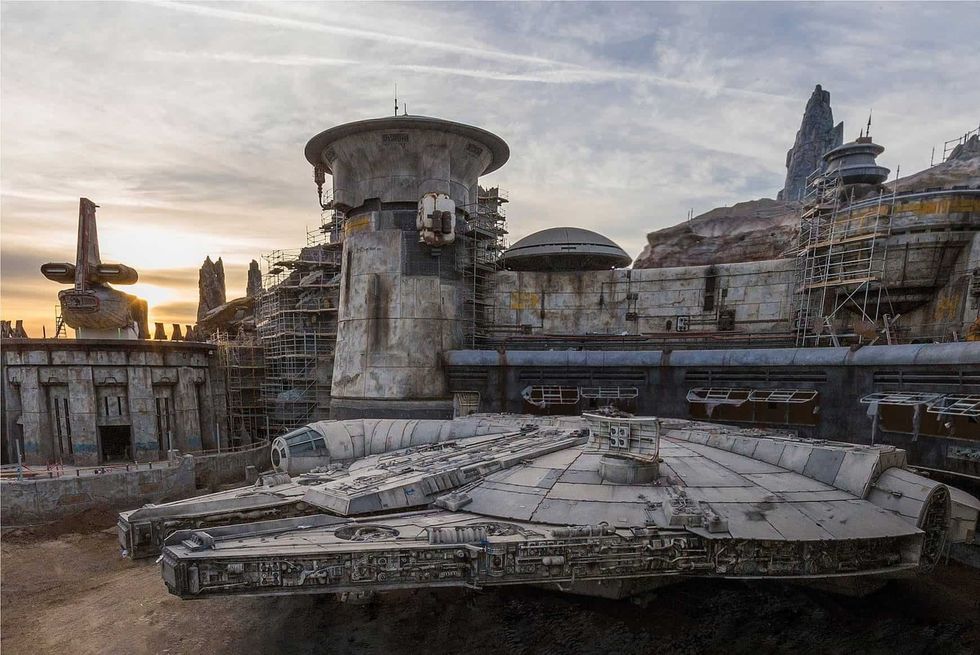 Star Wars: Galaxy’s Edge
Star Wars: Galaxy’s Edge  Genting SkyWorlds
Genting SkyWorlds 